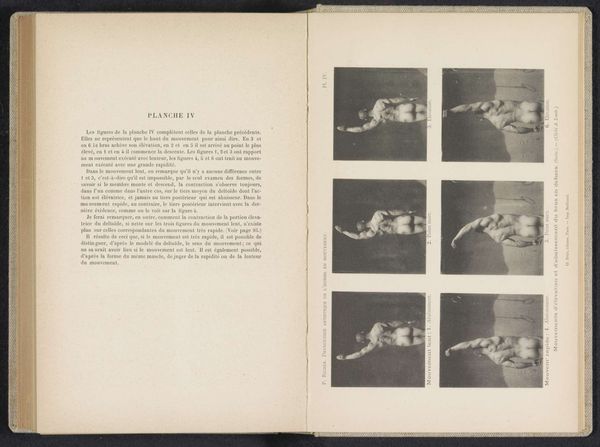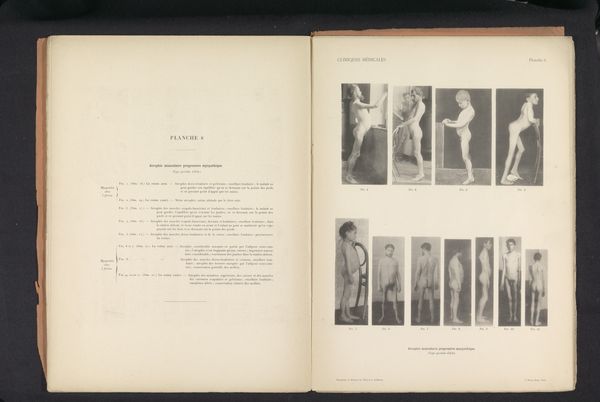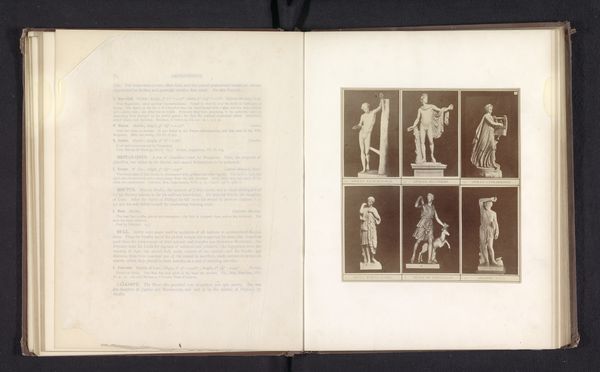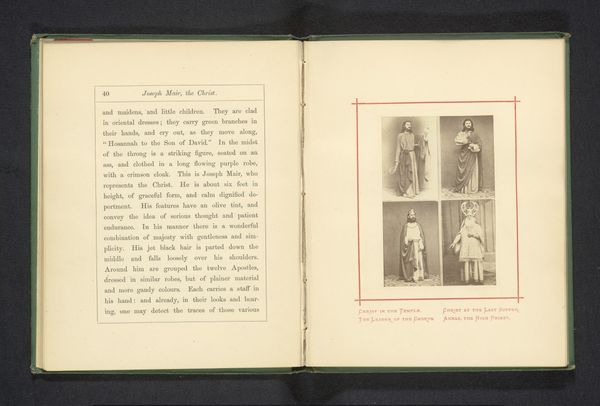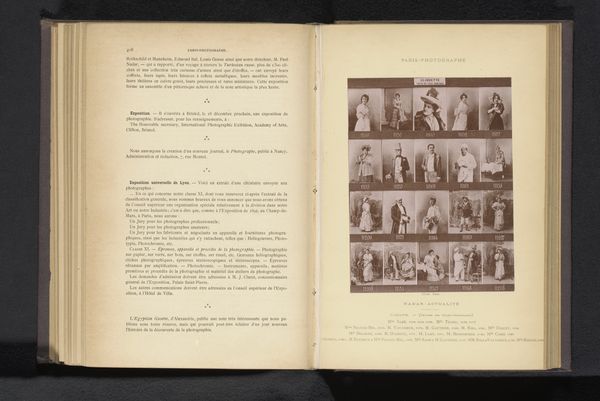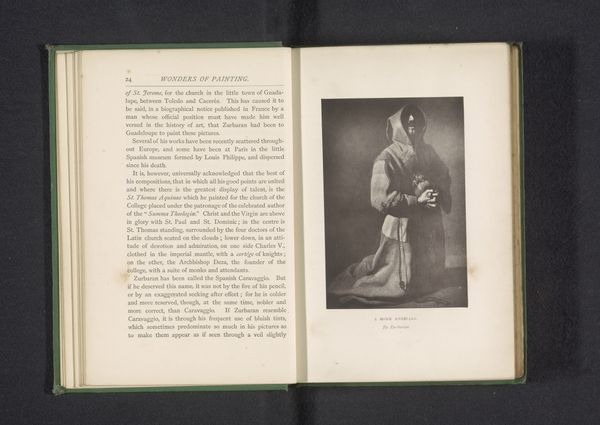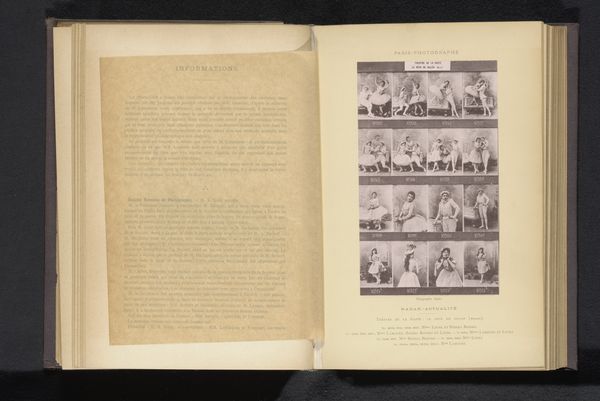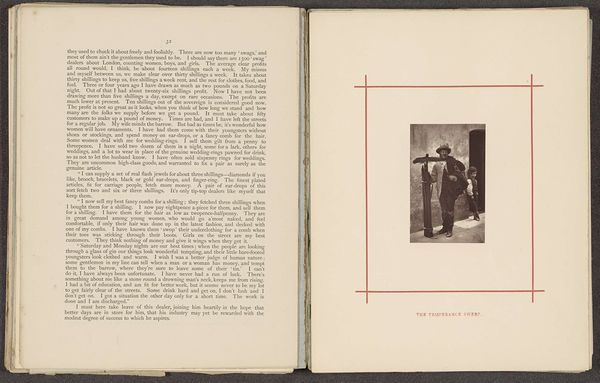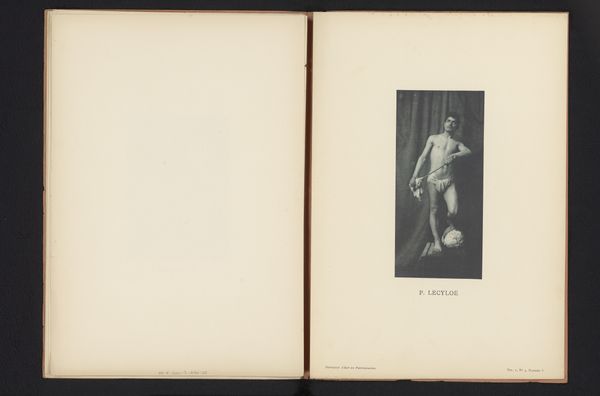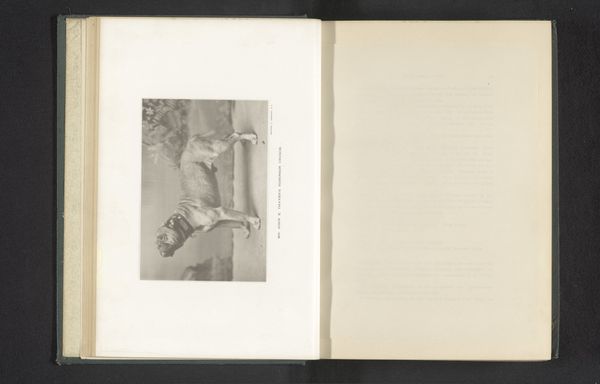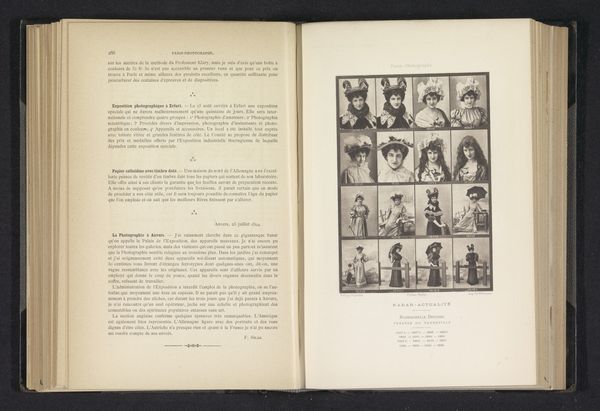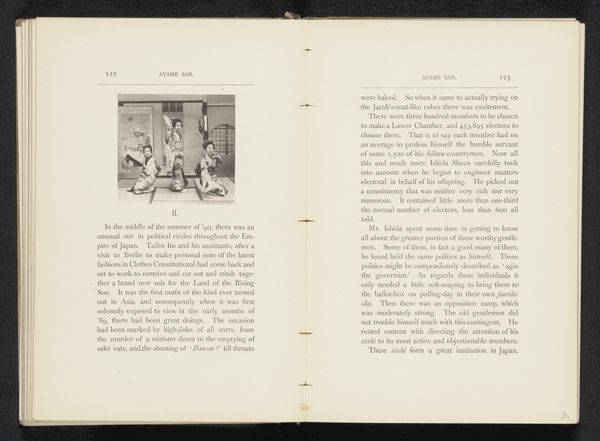
photography, gelatin-silver-print
#
portrait
#
photography
#
gelatin-silver-print
#
academic-art
#
nude
Dimensions: height 243 mm, width 157 mm
Copyright: Rijks Museum: Open Domain
Editor: Here we have "Naakte man die zijn armspieren aanspant" which translates to "Naked man tightening his arm muscles". It was made before 1895 by Albert Londe, and is a gelatin-silver print photograph. My first thought is how clinical the arrangement feels. Almost like a medical illustration, despite the nakedness of the subject. What stands out to you? Curator: It’s interesting you see the clinical aspect so strongly. It certainly points towards the late 19th century’s burgeoning interest in the human body, documented with a seemingly objective, scientific lens. Notice how the repeated poses create a sense of… almost a flipbook? What does that repetitive imagery evoke for you? Editor: A progression of movement, I suppose. Like Muybridge's horse, but much less dynamic. I wonder if that was intentional; the images evoke not just motion, but the idea of *controlling* that motion, of cataloging it, even. Curator: Exactly! And isn’t it telling that this "control" is visualized through the male form, nude yet undeniably posed to highlight muscular exertion? Think about the symbolic weight of the idealized male body during this period – what associations come to mind? Strength? Dominance? What about the vulnerability implied by the very act of being photographed, catalogued? It's not always what is being shown, but rather, how something is depicted. Editor: So it's about perceived ideals meeting a raw and almost objective study. Curator: Precisely. It’s that intersection that generates meaning. The photo both perpetuates and slightly undermines those ideals. Food for thought, isn't it? Editor: Absolutely. I'll definitely be looking at academic nudes with fresh eyes now. Curator: I am glad I could illuminate that for you. This encounter with "Naakte man" should leave a lasting impact!
Comments
No comments
Be the first to comment and join the conversation on the ultimate creative platform.
